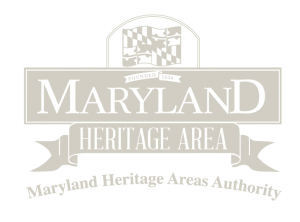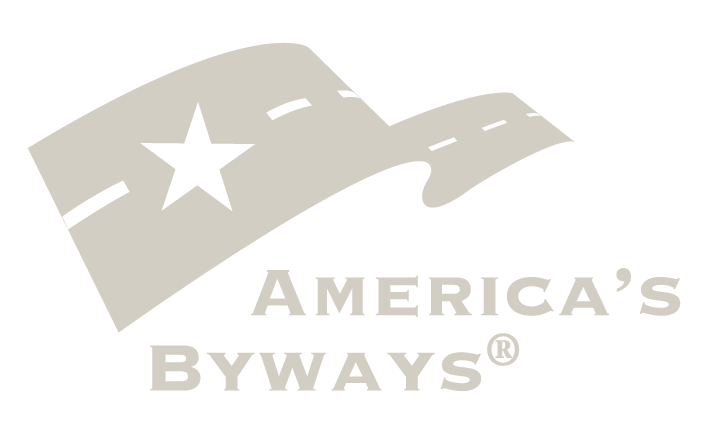History Of The Road

“Drive the 10,000 miles across America and you will know more about the country than all the institutes of society and political science put together.” – Jean Baudrillard


“Drive the 10,000 miles across America and you will know more about the country than all the institutes of society and political science put together.” – Jean Baudrillard
HISTORIC PRESERVATION
Preservation, conservation and enhancement strategies are needed on an ongoing basis to guide future corridor investments and priorities. These organizations and resources are instrumental in the preservation of the Maryland Historic National Road.
Endangered Historic Sites
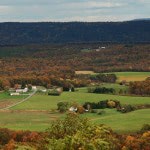
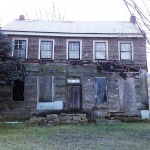
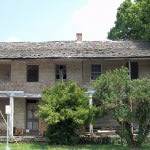
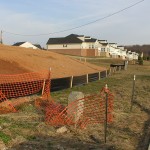
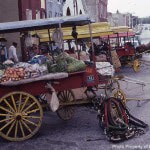
The Historic National Road
Unregulated development risks, locations of alternative energy sources such as wind turbines and solar panels risk the historic integrity of this designated National Road Scenic Byway.
Fuller Baker Log House
Located in Grantsville (Garrett County) is the Fuller-Baker Log House. This humble log cabin is a rare survivor of a common dwelling built by early settlers on the Allegheny frontier. Built after 1813 as a two-story log building, its large size has led some to believe it was once used as a tavern, giving respite to travelers along the National Road. It would be the only log tavern to survive on the old National Road between Cumberland and Wheeling, West Virginia.
The house sits on land with an early-American pedigree. General Braddock’s British army chose the site for its fifth camp as it marched to meet the French at Fort Duquesne in 1755.
Lisbon Hotel
Located on Route 144 in Lisbon (Howard County) is the Lisbon Hotel, built by Caleb Pancoast and reputed to be the oldest surviving building in the village, according to a 1986 Lisbon Historic District guide. The same guide calls it a “grand hotel” by the 1860s, attracting visitors from Baltimore by coach and by train. From Howard’s Roads to the Past, by Barbara Feaga, we learn that the hotel also housed a post office in 1851.
Mile Markers
Maryland is said to have the most well preserved collection of original mile markers on the Historic National Road. Protected under the Maryland Historical Trust they are still vulnerable to development, weather elements and overall neglect.
The Arabber Community of Baltimore
The Arabbers, horse-cart vendors who are famous for their distinctive wagons and harnesses, are part of a folk tradition unique to Baltimore. Baltimore is one of the last cities to have horse-cart vendors. The Arabber population is in decline and faces a wide variety of complex issues from the cost of humanely caring for their horses, to the cost of their wares and limits on the places and hours Arabbers are allowed to work. Arabbing and recycling (an Arabber tradition) continue with trucks and pushcarts at the Fremont St. Arabber Center. Three horse-drawn wagons operate from the Carlton Street Stable. Repairs and maintenance are still needed at the Arabber Center and two remaining stables.
(text source: Endangered Maryland/Preservation Maryland)
Westside SuperBlock
Baltimore’s Westside was listed on the National Trust for Historic Places’ 11 Most Endangered List in 1998 because of threats to its outstanding collection of historically and culturally significant buildings. While there has been much success in the area, some parts, in particular the Superblock, are still under threat from deterioration and demolition. Of particular concern is the status of Read’s Drugstore at the corner of Howard and West Lexington streets; the store was the site of a 1955 protest by Morgan State University students that led to the end of “white-only” lunchrooms at the chain of popular drug stores.
(text source: Endangered Maryland/Preservation Maryland and BNHA)
Historic National Road Guidelines
When developing or re-developing landscapes or residential and commercial properties along the Historic National Road, we encourage planners, developers and individual property owners to utilize the following resources as a guide help preserve the historical significance of the Road.
Maryland State Highway Administration
Context Sensitive Roadway Design Guidelines – A document providing guidelines to identify ways to guide growth, change, and roadside development along the Historic National Road in Maryland. This is a companion to the Maryland State Highway Administration’s Context Sensitive Roadway Design Guidelines.
New Jersey Historic Roadway Study and Design Guidelines
Ohio Historic National Road Guidelines
National Trust for Historic Preservation
At the National Trust for Historic Preservation, we work to preserve and protect landscapes, buildings, and neighborhoods that have played a meaningful role in our past. We want future generations to be able to experience and discover their own connections to these places, as well.
Preservation Maryland
Founded in 1931 as the Society for the Preservation of Maryland Antiquities, Preservation Maryland is dedicated to preserving Maryland’s historic buildings, neighborhoods, landscapes, and archaeological sites through outreach, funding, and advocacy.
Preservation Howard County
The mission of Preservation Howard County is to actively pursue the preservation of the historical and cultural heritage of Howard County, Maryland and to increase public awareness and appreciation of our non-renewable resources.
Washington County Historical Trust
Washington County Historical Trust was founded in 1982 as an effort to save Wilson Bridge on Route 40. Wilson, the first of the county’s stone arch bridges, was built in 1819 as part of the Bank Road that would connect Baltimore with the National Road in Cumberland. Damaged by Hurricane Agnes in 1972, the bridge was placed in the National Register of Historic Places ten years later. It was finally slated for demolition because of the high cost of restoration. Route 40 had been moved onto a new, two-lane bridge just south of Wilson Bridge some years before. WCHT lobbied the Board of County Commissioners for many months and finally got a commitment from master mason, LeRoy Myers, to restore the structure for $100,000.
Historic Preservation Commissions By Jurisdiction
- Baltimore City Commission for Historical & Architectural Preservation (CHAP)
- Howard County Office of Planning and Zoning
- Carroll County Historic Preservation Commission
- Frederick County Historic Preservation Commission
- City of Frederick City Historic District Commission
- Washington County Historical Trust
- City of Hagerstown Historic District Commission
- City of Cumberland Historic Commission
One For The Road
Join our mailing list so you don’t miss a thing!
© Copyright 2021 Maryland National Road Association. Funded by the Delaplaine Foundation. Designed by Octavo Designs.

